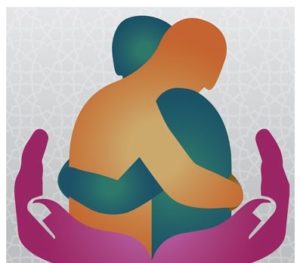Recently, I attended a webinar by a professor at my business school alma mater, Kevin Lane Keller, who literally wrote the book on branding. Professor Keller has probably forgotten more about this topic than most of us will ever know. He spoke about the imperative of tending to your brand in a time of crisis. Of the factors he cited that are crucial to this task, the first was empathy.
I share this point of view. One of the key things qualitative researchers do is help clients stand in the shoes of stakeholders – their users, their consumers, their customers. And that’s empathy: sharing and experiencing the feelings and perceptions of others. This is a challenge under the best of circumstances, but in a time when we must avoid physical proximity, it’s even more difficult.
Empathy is particularly crucial to those running brands. Effective brand marketing is predicated upon seeing a brand’s value proposition from the point of view of those on the receiving end of that proposition, so finding ways to foster empathy is required to build and maintain a strong brand. Pre-COVID there were many effective ways to do this. While approaches centered on online tools and social media were useful, I always found face-to-face methodologies to provide the most value. Having clients observe in-person focus groups or interviews is a highly effective way to get the end user’s perspective. Conducting research in the locations where experiences happen, decisions are made and perceptions formed, such as retail locations, homes, offices, etc., is another. But those approaches aren’t so easily available to us now, while the need for empathy has become only greater.
So, what to do? I’ll confess to not having a perfect solution to this dilemma. However, there are a few things that I’ve done recently that have served as pretty good workarounds:
-
I’ve had clients be active participants in webcam focus groups. The consumer participants knew exactly who the client participants were, so everything was fully transparent (for one study we introduced the clients at the beginning as employees of a company in the category, and then revealed the name of the company at the end of the group). This allowed direct conversation between client and end user. But, more importantly, it allowed them to divide into breakout groups to collaborate on creative exercises, such as storytelling, collaging, image sorts and metaphor exploration. Working together in this fashion created an opportunity to develop a high level of mutual understanding.
-
I’ve conducted webcam and telephone interviews with a single consumer in which a client took the lead during part or most of the conversation. This required me to provide some training to the client beforehand, and I also stepped in here and there during the conversation to probe, follow up or clarify a point. Allowing the client to conduct a large part of the interview engendered a level of connection between client and consumer that would have been unavailable simply by observing a webcam interview or listening in on a phone conversation.

